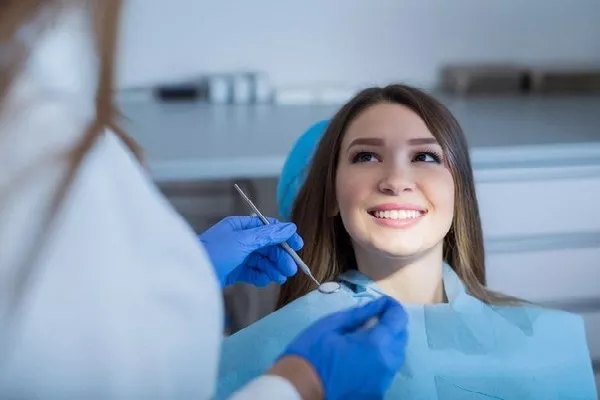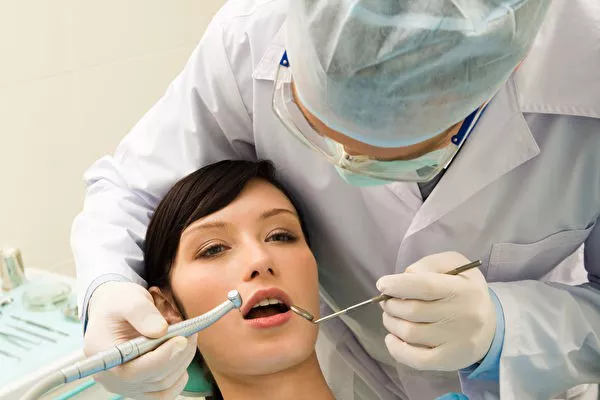Gingivitis is a common dental condition characterized by inflammation of the gums caused by plaque buildup. It is essential to address gingivitis promptly to prevent it from progressing into more severe gum diseases, such as periodontitis. One concern that often arises when facing dental issues is the cost of treatment. In this article, we will explore the various aspects of gingivitis treatment and provide insights into the potential expenses involved. Let’s delve into the factors affecting the cost of treating gingivitis and discover some cost-effective strategies for maintaining optimal oral health.
Understanding Gingivitis
Gingivitis occurs when bacteria in the mouth combine with food particles, forming plaque on the teeth. If plaque is not removed through regular brushing and flossing, it can irritate the gums, leading to inflammation, redness, and tenderness. The early signs of gingivitis include bleeding gums during brushing or flossing, bad breath, and gum sensitivity. It is essential to detect and treat gingivitis early to prevent complications.
The Importance of Timely Treatment
Prompt treatment of gingivitis is crucial to prevent its progression into periodontitis, a more severe gum disease. When gingivitis advances into periodontitis, the infection can reach the underlying bone, leading to tooth loss and other serious dental issues. Timely treatment can help reverse the effects of gingivitis and preserve your oral health, potentially saving you from more extensive and costly treatments in the future.
Factors Affecting the Cost of Gingivitis Treatment
The cost of treating gingivitis can vary based on several factors:
a. Severity of Gingivitis: The extent of gum inflammation and damage will influence the complexity of treatment required and, consequently, the cost.
b. Geographic Location: The cost of dental services can vary significantly depending on the region and city where you seek treatment. Urban areas tend to have higher dental care expenses compared to rural regions.
c. Dental Professional’s Experience: A highly experienced dentist or periodontist may charge more for their expertise in treating gingivitis.
d. Type of Treatment: The treatment method chosen by your dentist, whether it’s a simple scaling and root planing or a more advanced laser therapy, will impact the overall cost.
e. Dental Insurance Coverage: If you have dental insurance, it may cover a portion of the treatment expenses, reducing your out-of-pocket costs.
Common Gingivitis Treatment Options and Costs
a. Professional Teeth Cleaning: Regular dental cleanings, also known as prophylaxis, help remove plaque and tartar, preventing gingivitis from progressing. The cost of teeth cleaning can range from $75 to $200, depending on the severity of the condition and the location of the dental clinic.
b. Scaling and Root Planing: For moderate gingivitis, a deep cleaning procedure called scaling and root planing may be necessary. This process involves removing plaque and tartar from below the gumline and smoothing the roots of the teeth to promote gum reattachment. The cost for scaling and root planing can vary from $200 to $600 per quadrant.
c. Antibiotics: In some cases, antibiotics may be prescribed to treat bacterial infections associated with gingivitis. The cost of antibiotics can range from $15 to $50, depending on the type and dosage.
d. Laser Therapy: Laser treatment can be used to remove infected gum tissue and promote healing. The cost of laser therapy for gingivitis can range from $200 to $1,000 per session.
e. Maintenance and Follow-up Visits: After gingivitis treatment, regular check-ups and follow-up visits are essential to monitor your oral health and prevent future issues. The cost of these visits can vary based on your dentist’s fees.
Preventive Measures to Reduce Gingivitis Treatment Costs
While gingivitis treatment is necessary, taking preventive measures can help reduce the overall costs and maintain good oral health:
a. Regular Dental Check-ups: Schedule routine dental check-ups and cleanings to catch and address any oral health issues early on.
b. Maintain Good Oral Hygiene: Brush your teeth at least twice a day and floss daily to remove plaque and prevent gingivitis.
c. Healthy Diet: A balanced diet rich in vitamins and minerals supports gum health and can reduce the risk of gum disease.
d. Avoid Tobacco and Alcohol: Smoking and excessive alcohol consumption can contribute to gum disease, so avoiding these habits is essential.
e. Dental Insurance: Invest in a dental insurance plan to offset some of the costs associated with gingivitis treatment.
Conclusion
In conclusion, timely treatment of gingivitis is essential for maintaining optimal oral health and preventing more severe dental complications. The cost of gingivitis treatment can vary depending on several factors, including the severity of the condition, the chosen treatment method, and your location. Emphasizing preventive measures and regular dental check-ups can help reduce the overall cost of treating gingivitis. Remember that investing in your oral health today can save you from more extensive and expensive treatments in the future. If you suspect you have gingivitis or experience any signs of gum disease, consult with a qualified dental professional to receive appropriate treatment and protect your smile.































